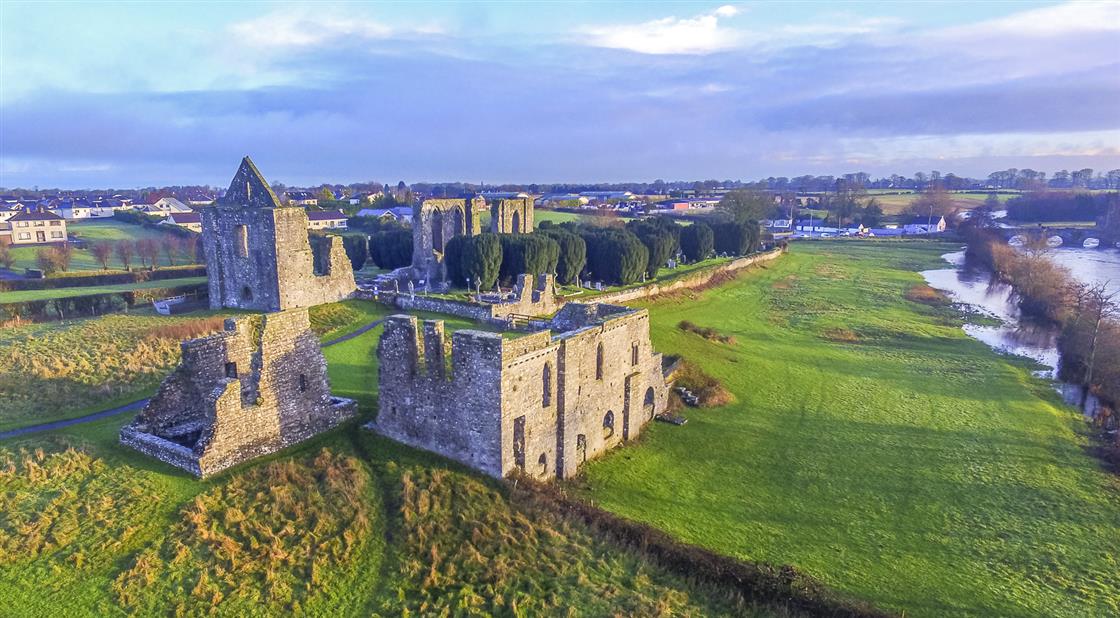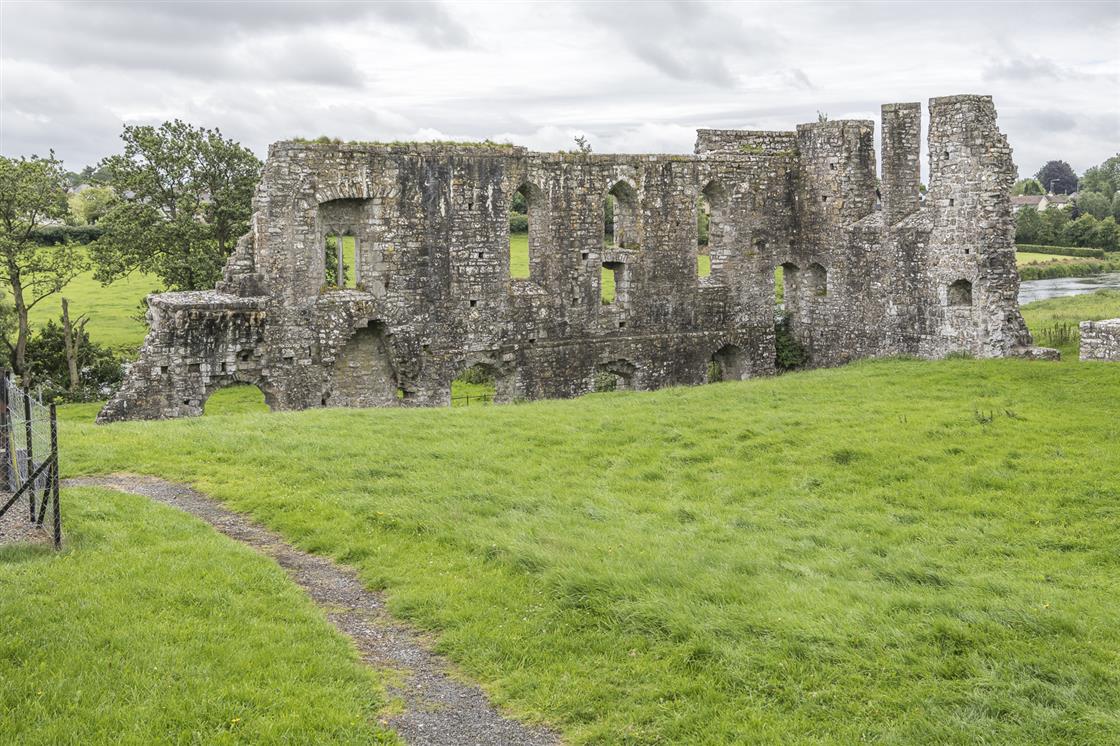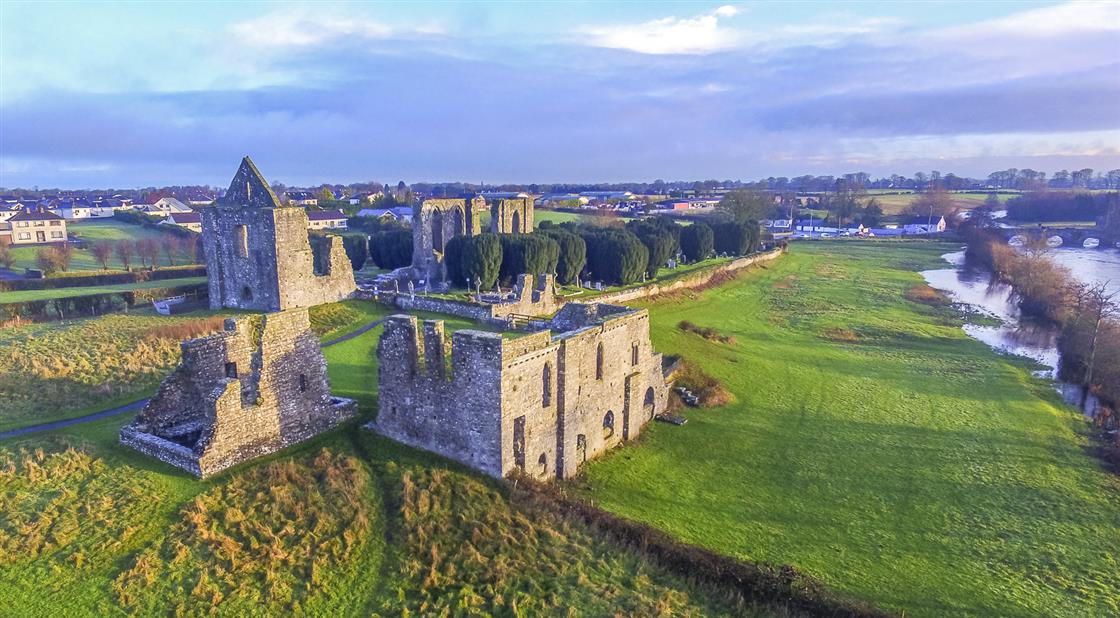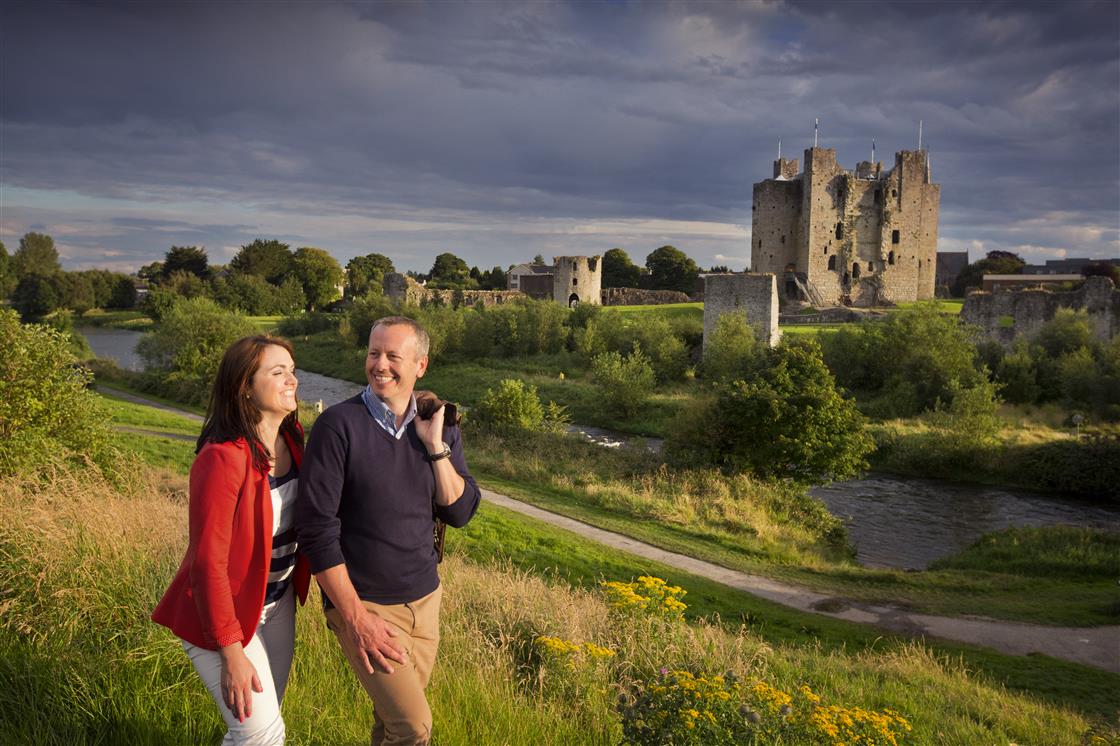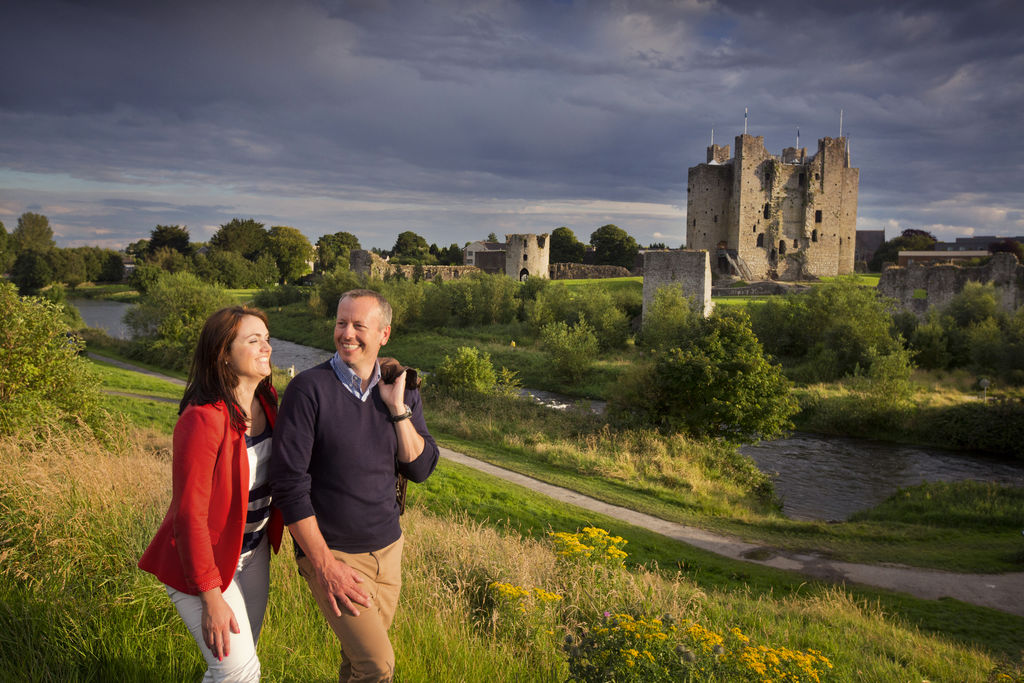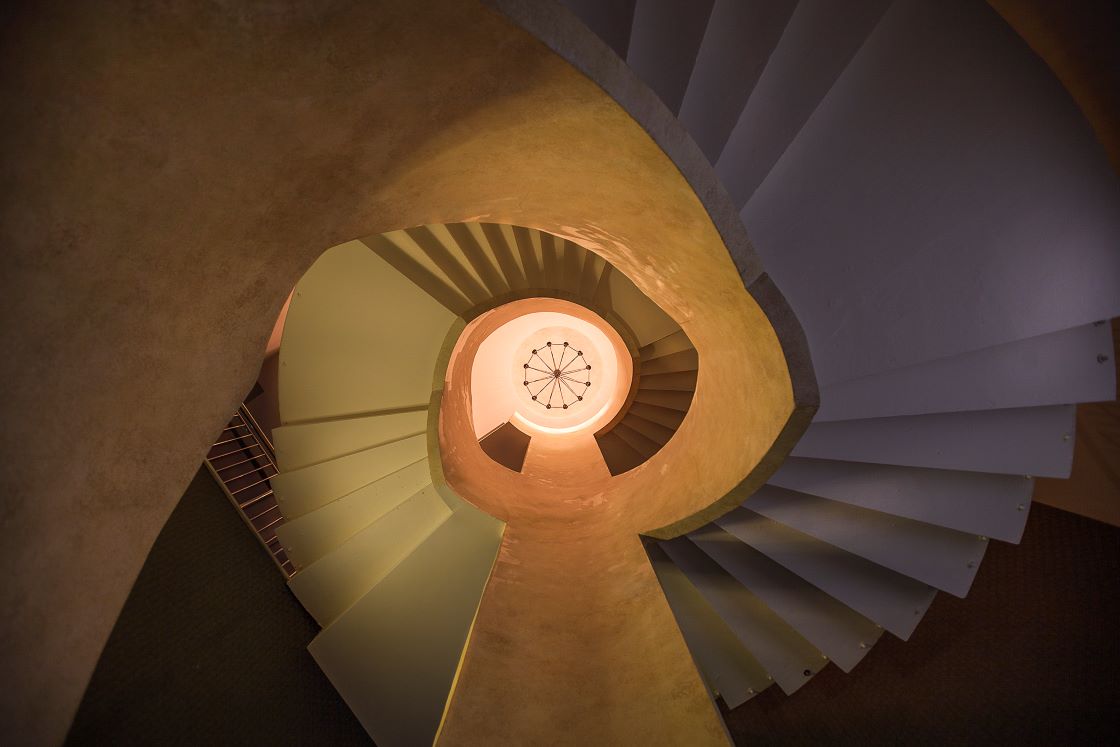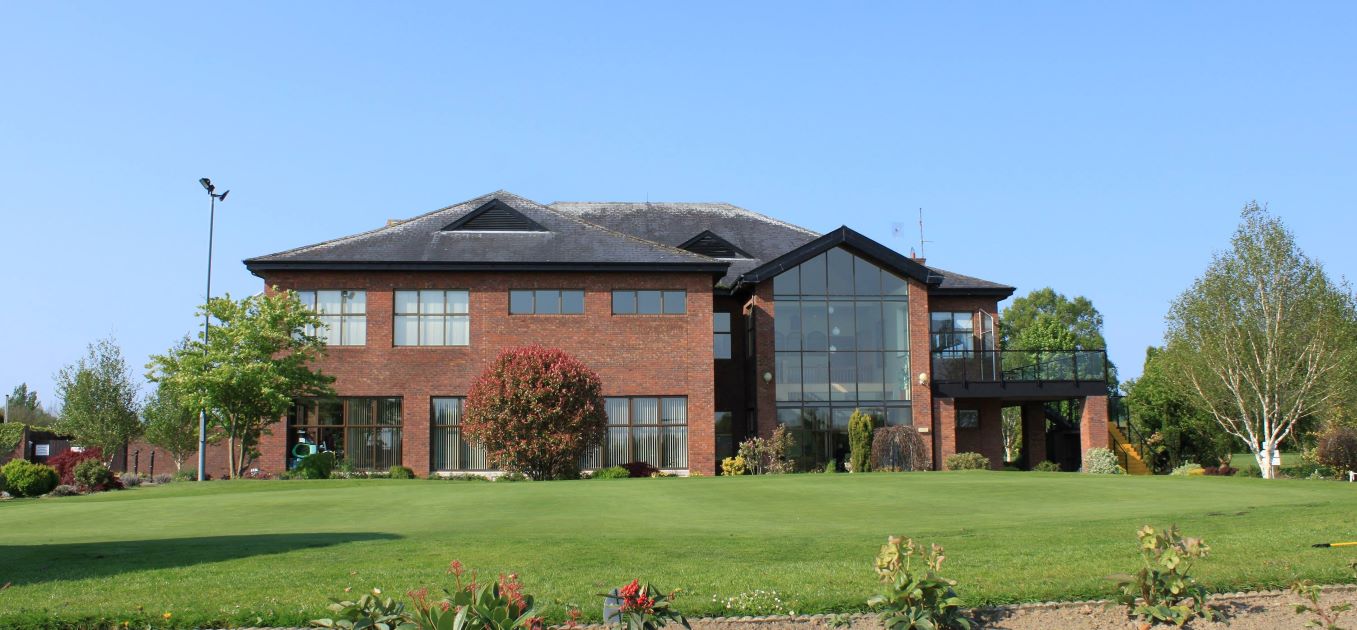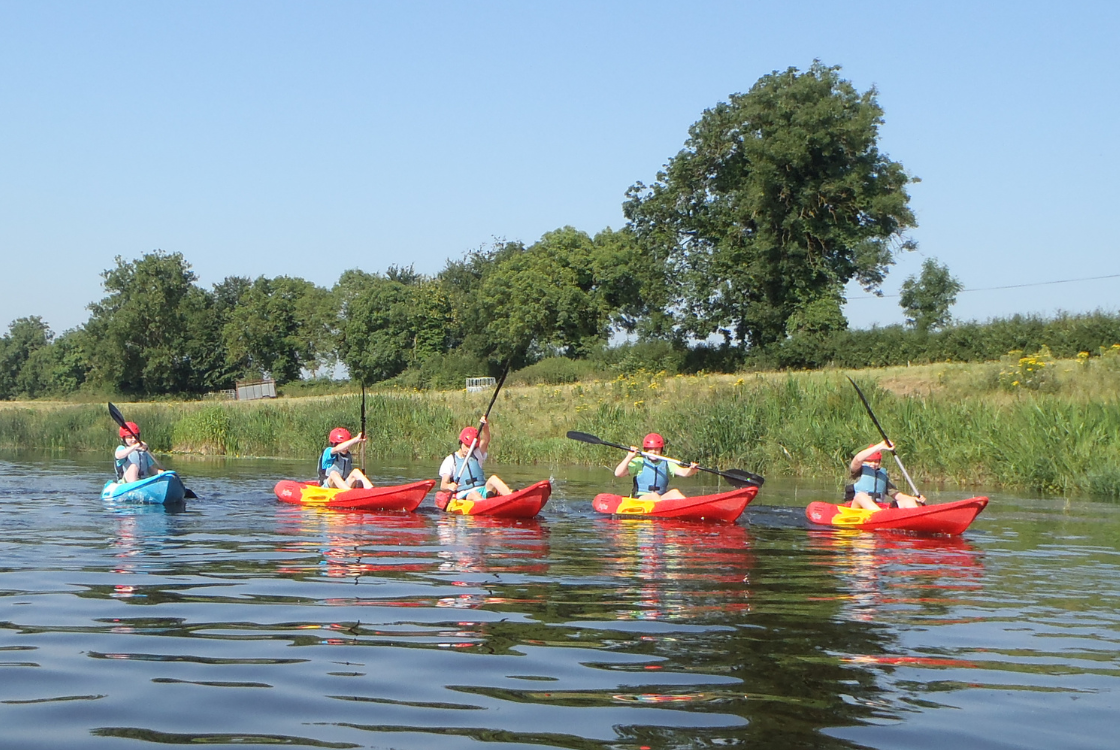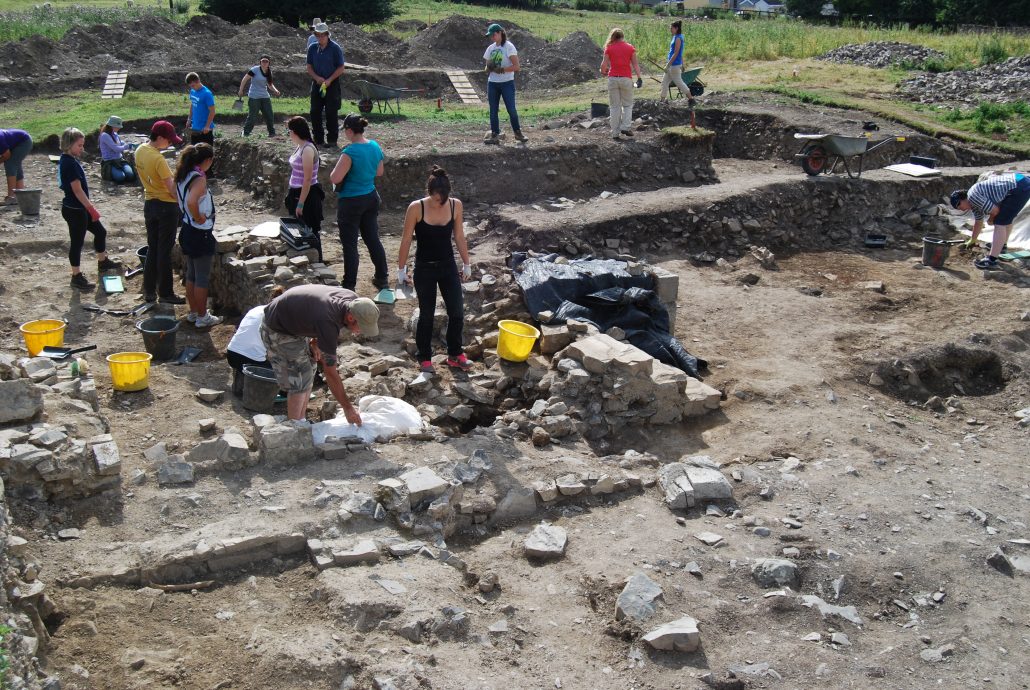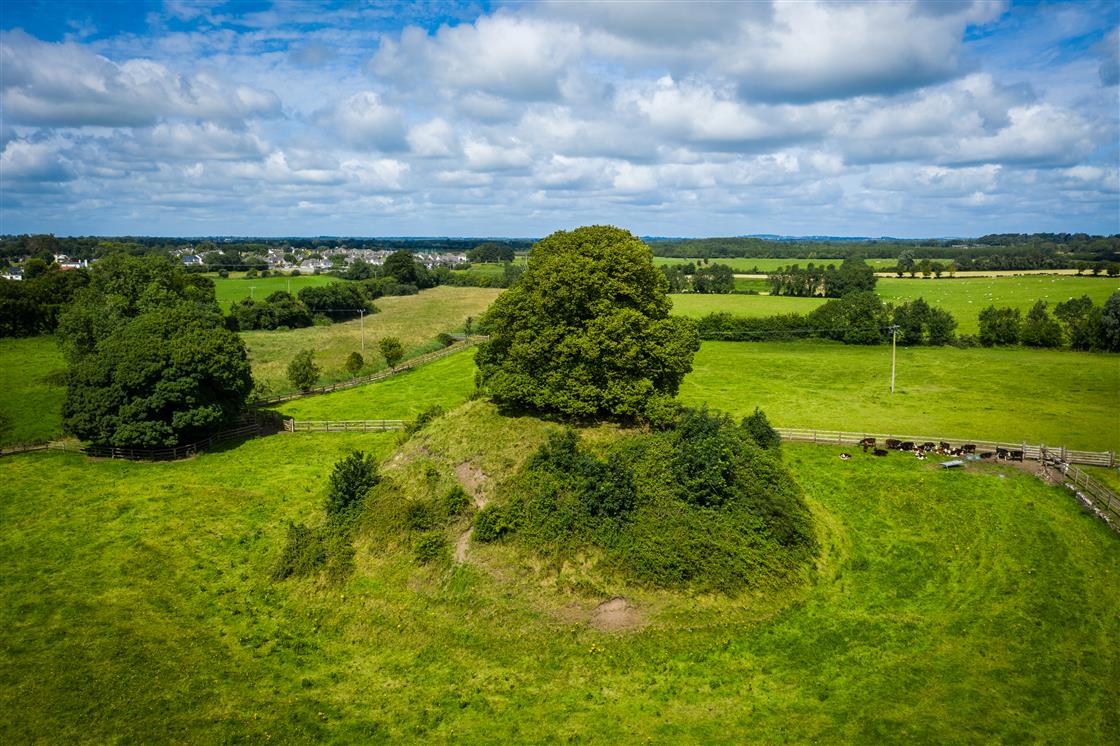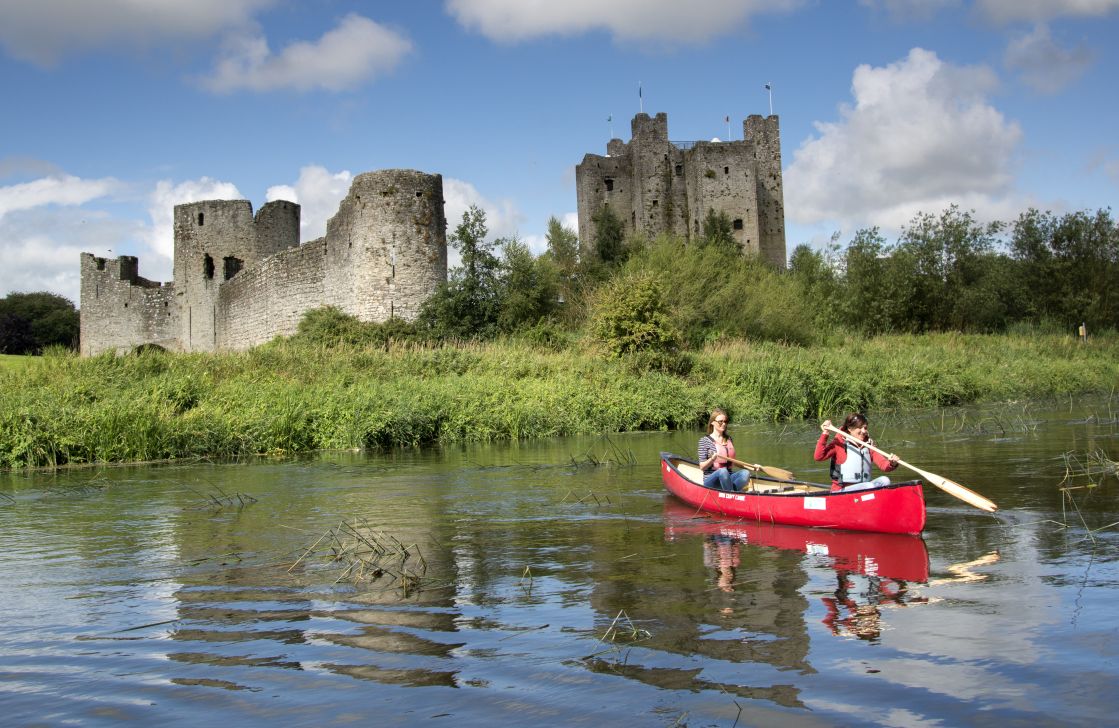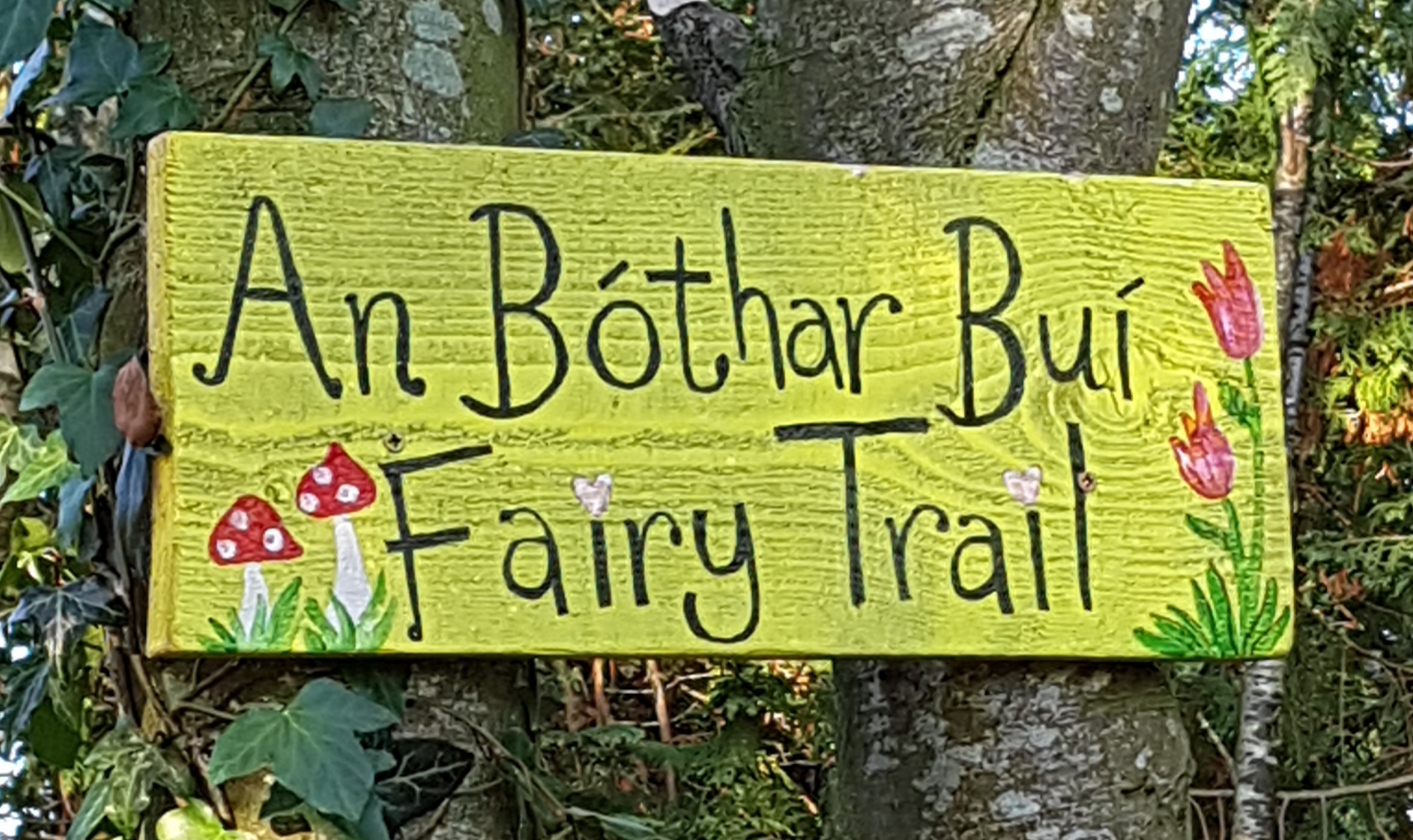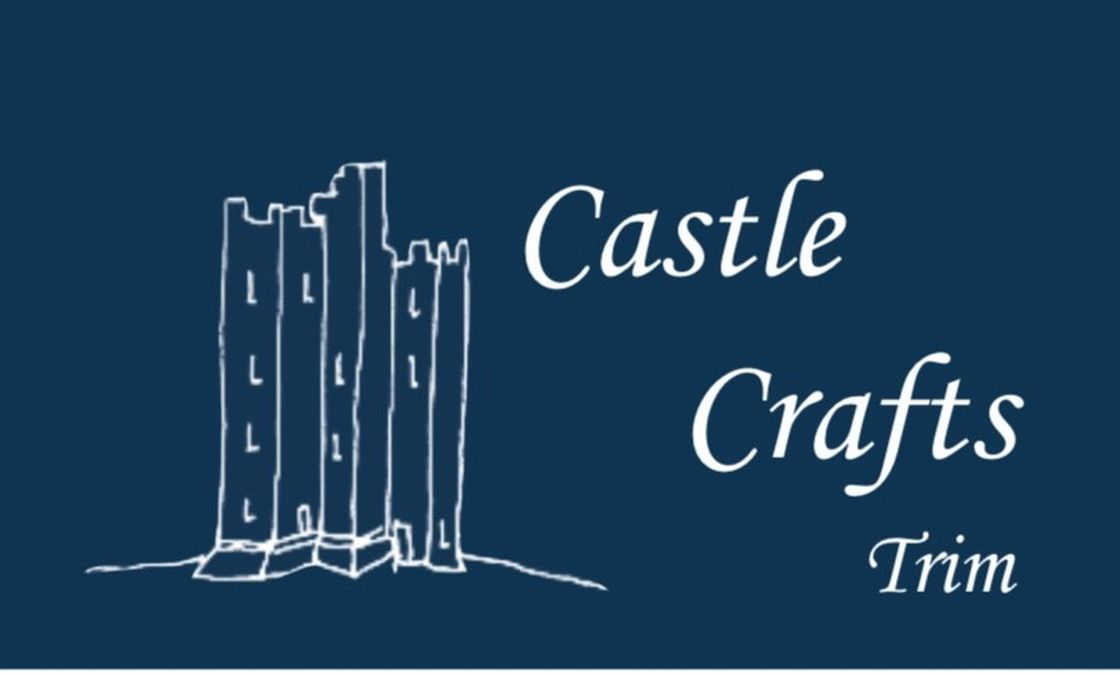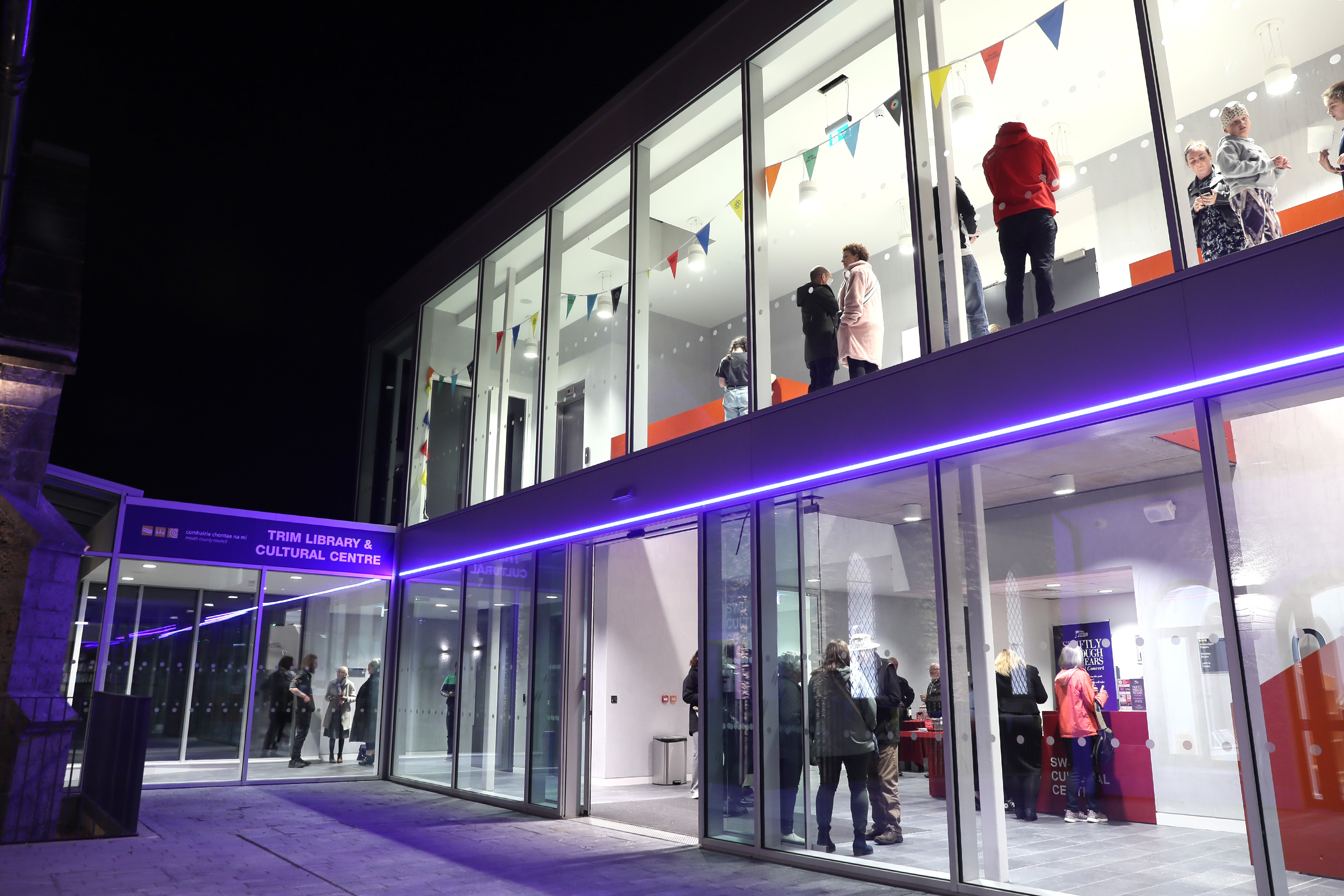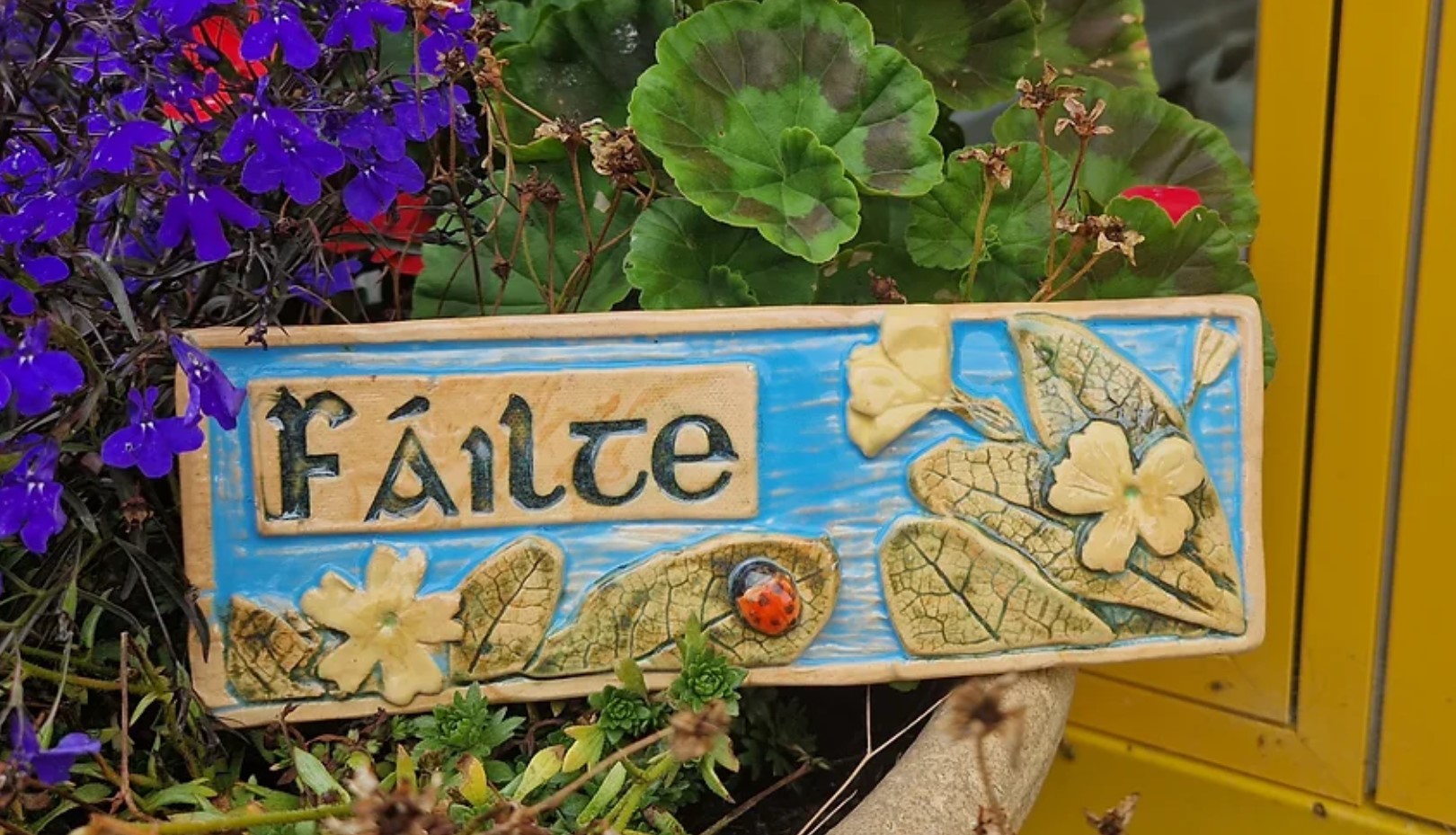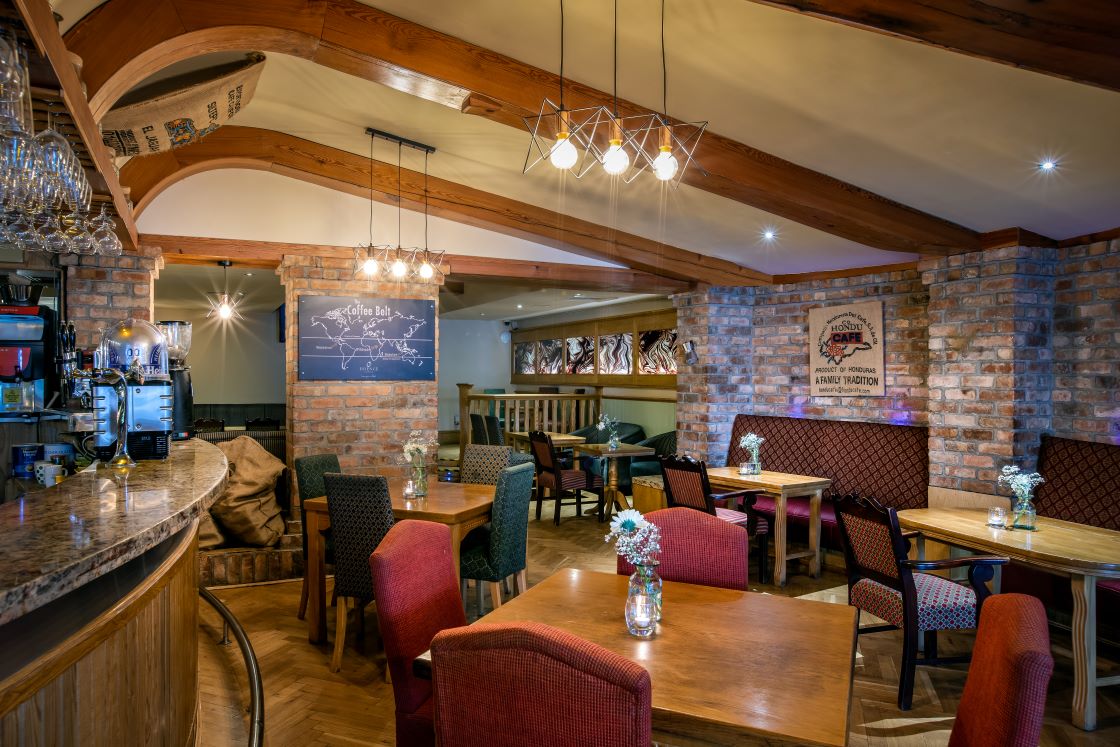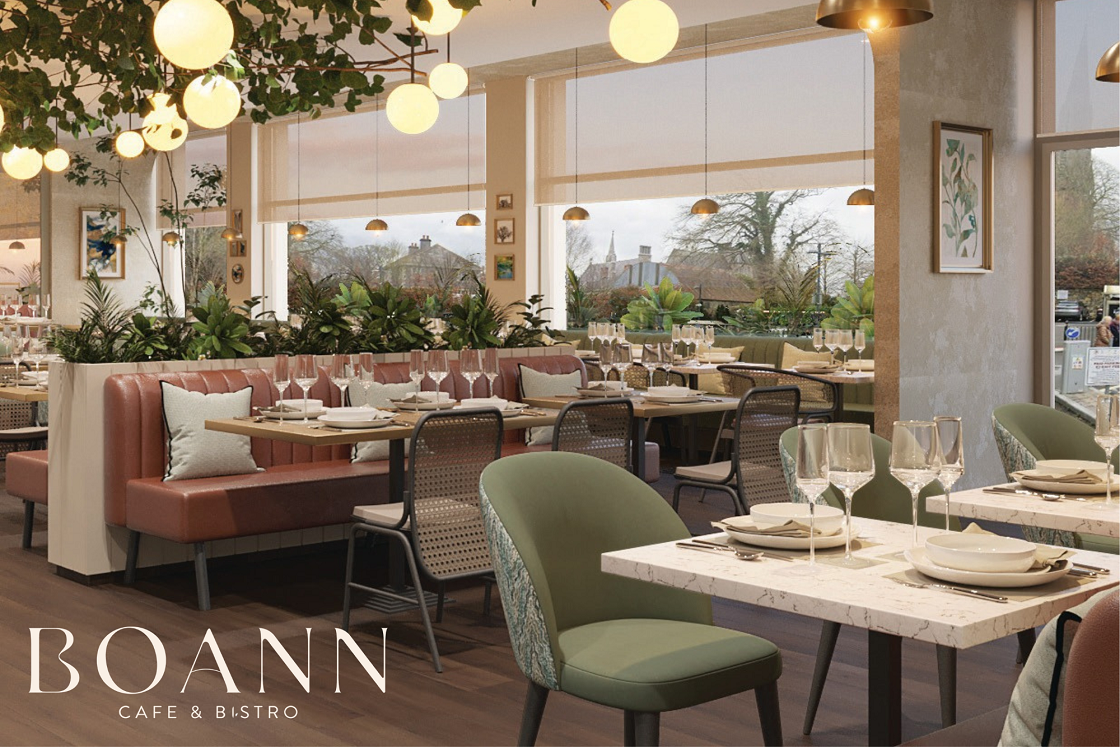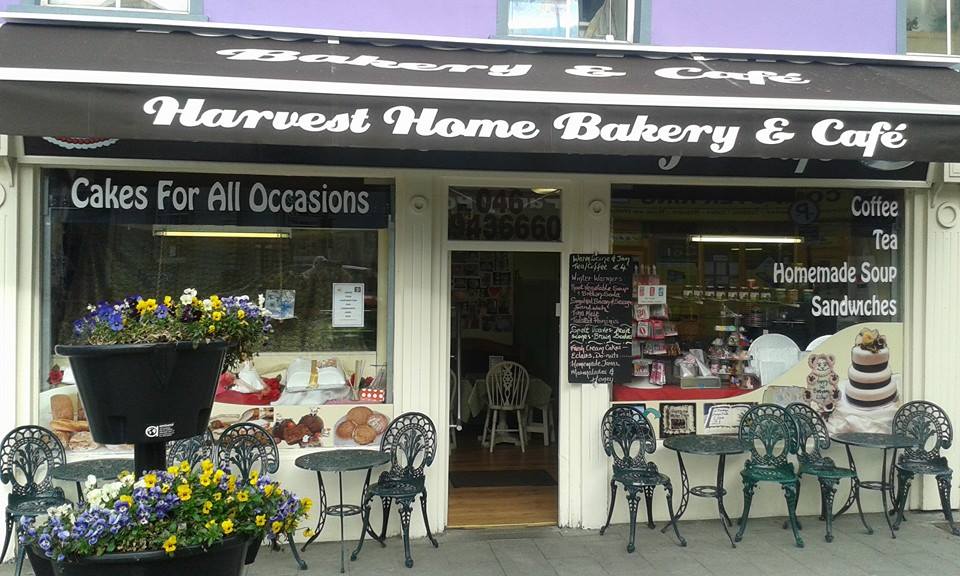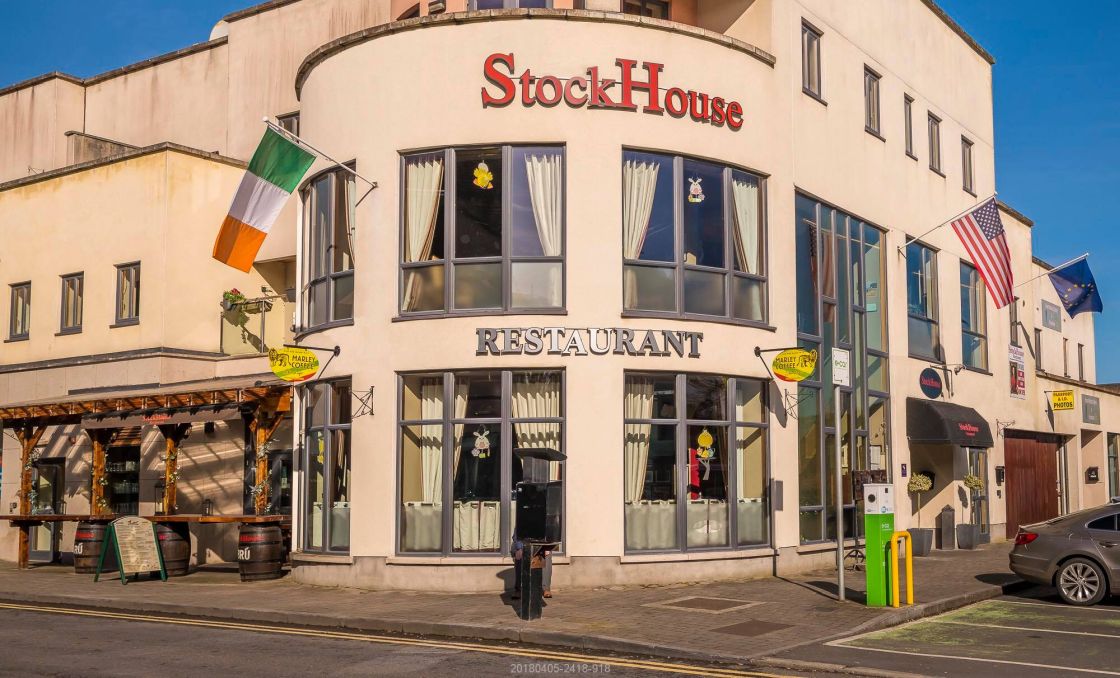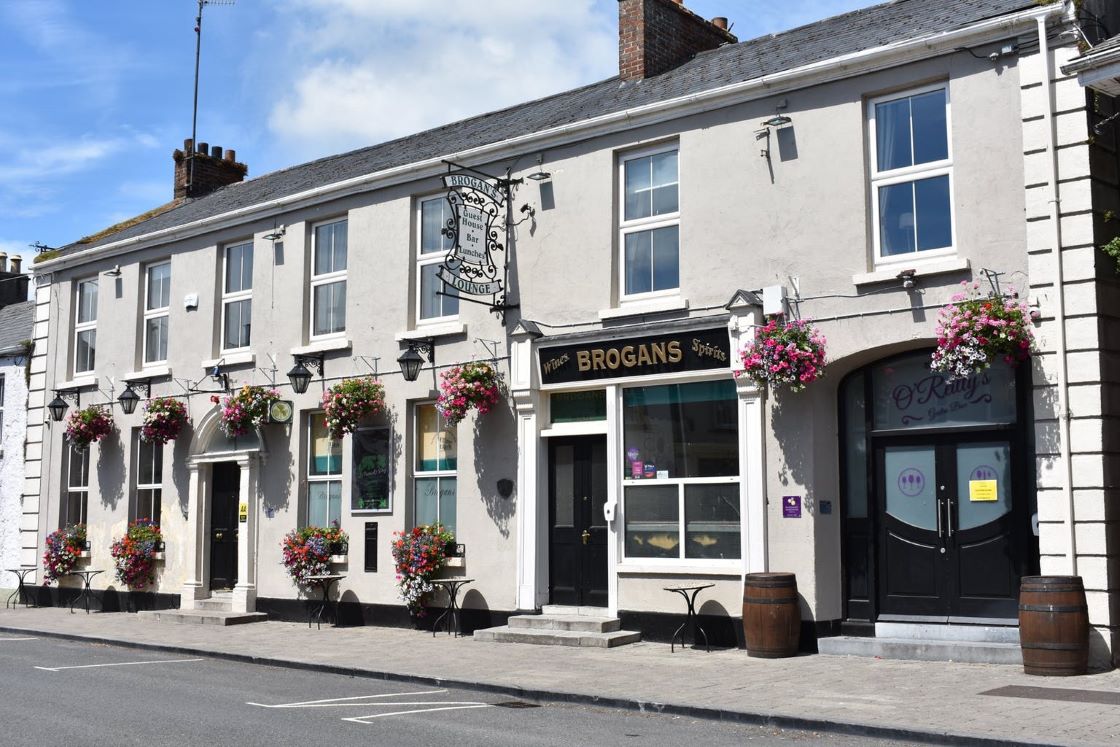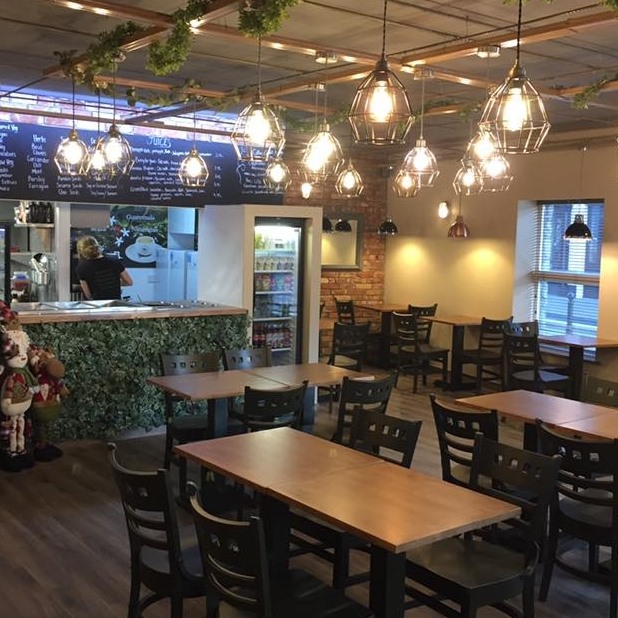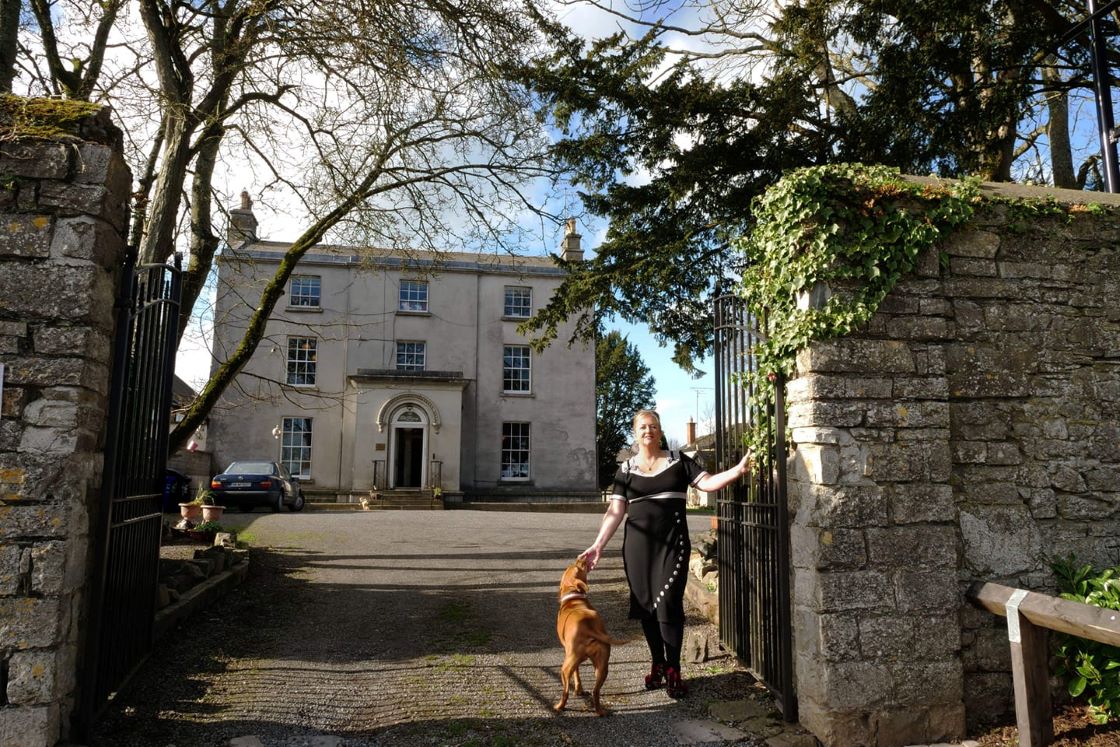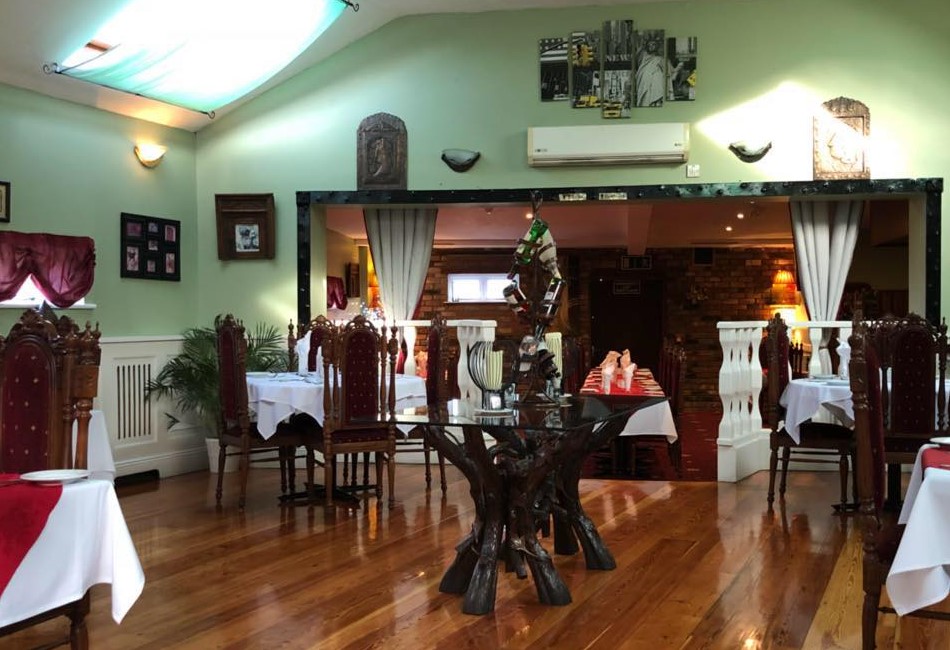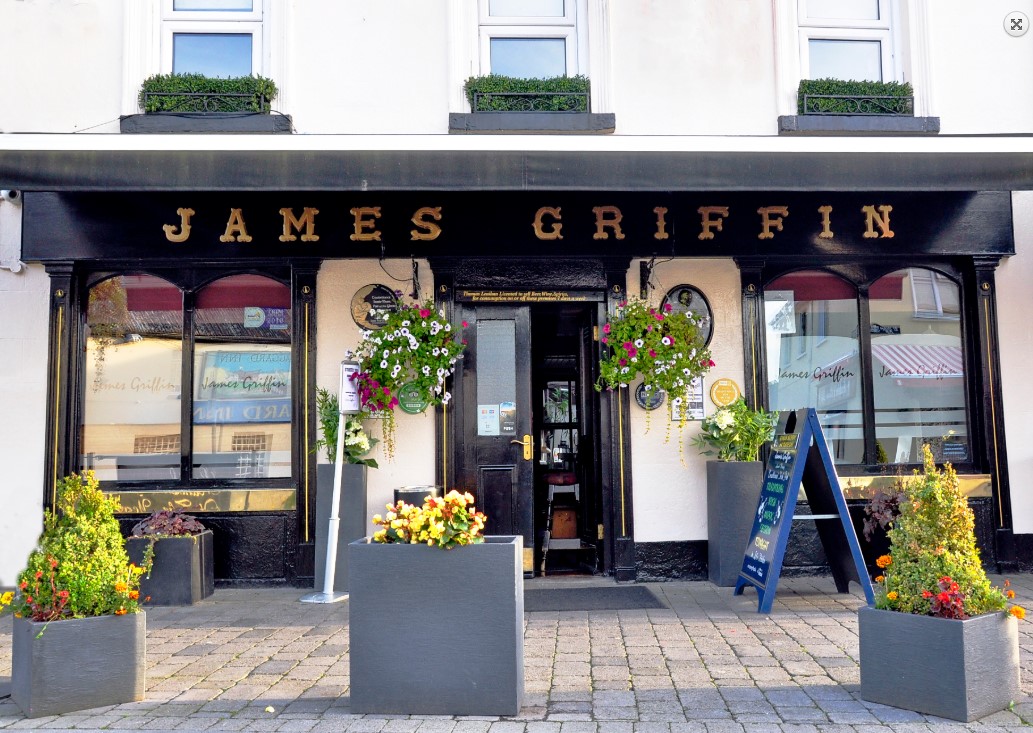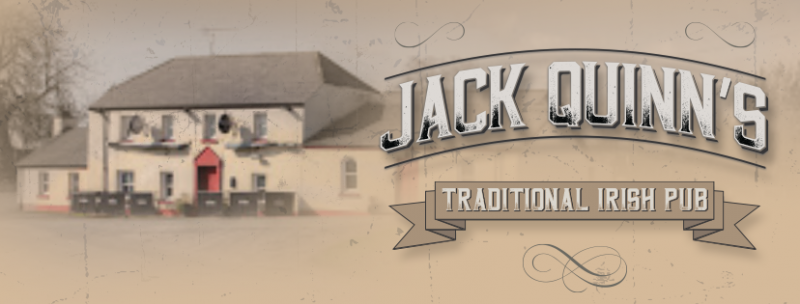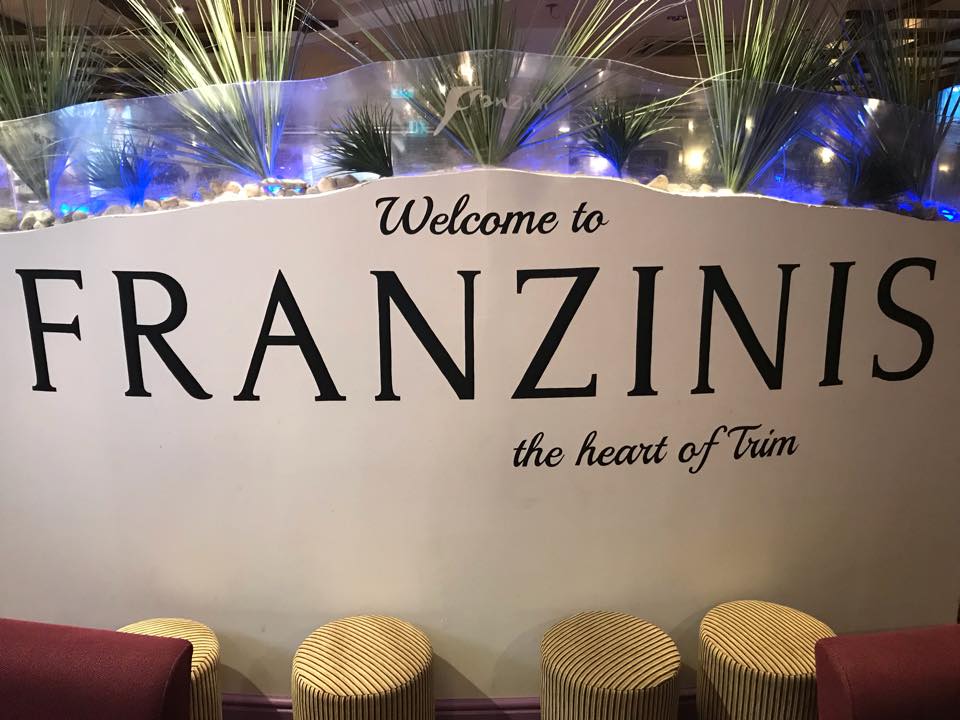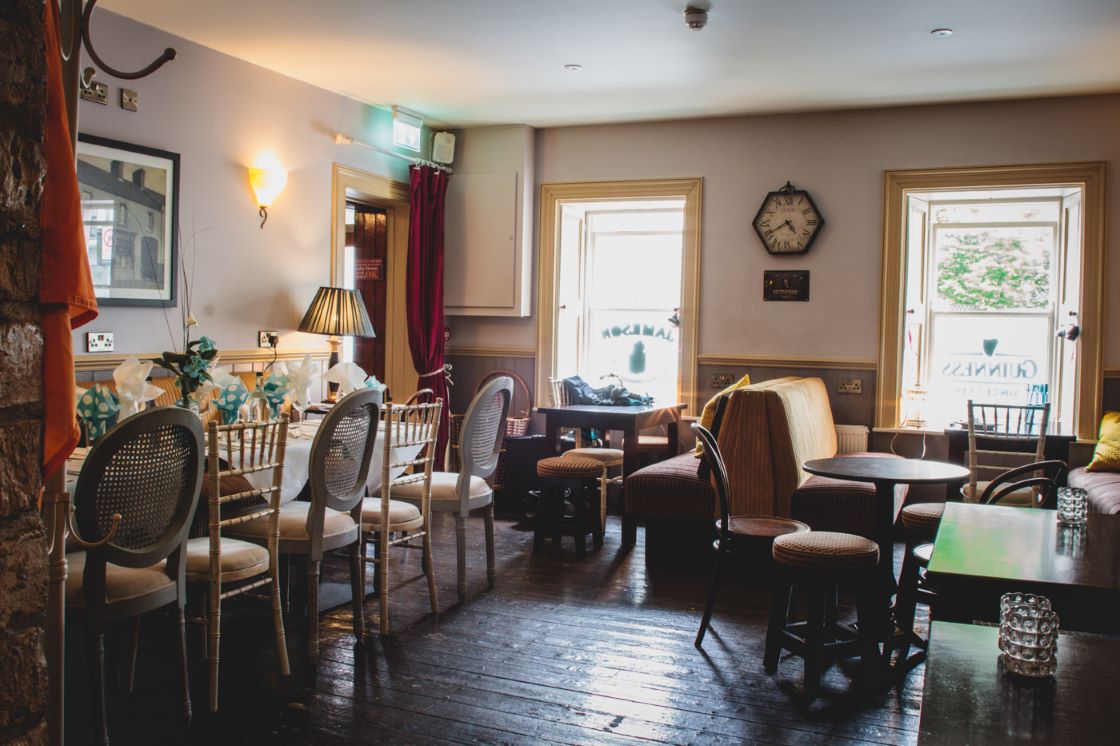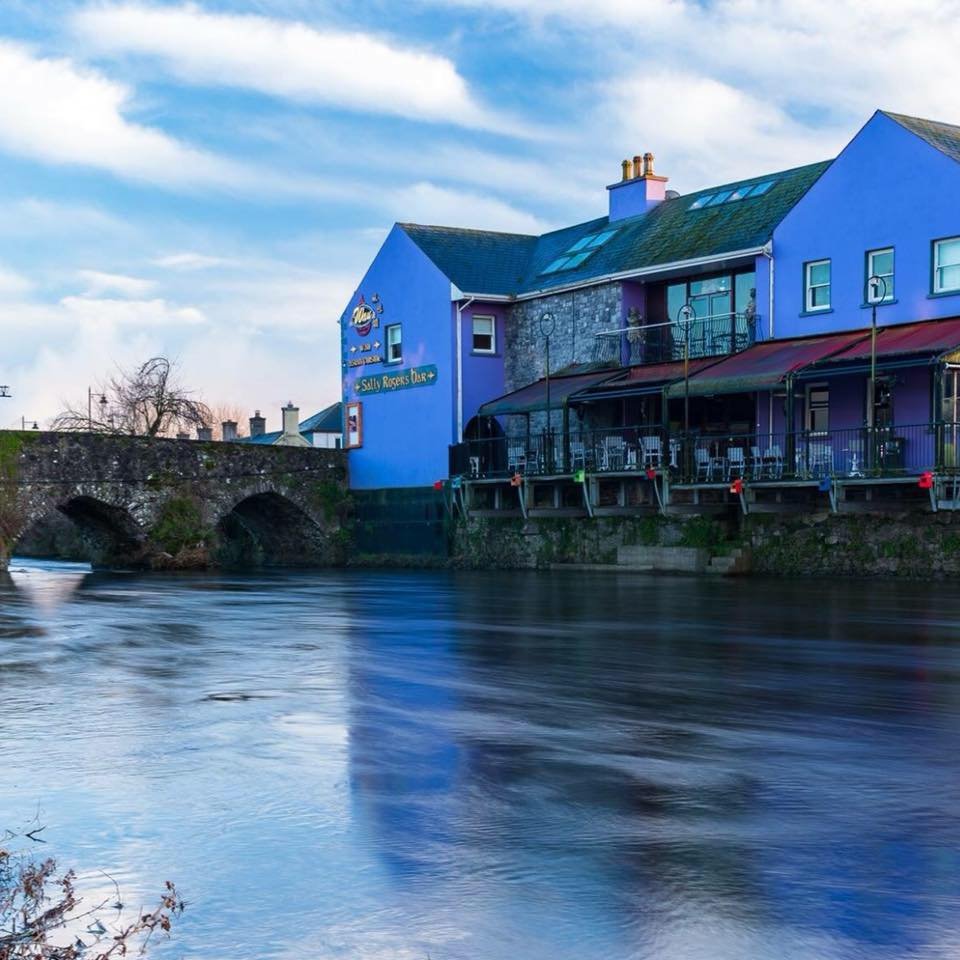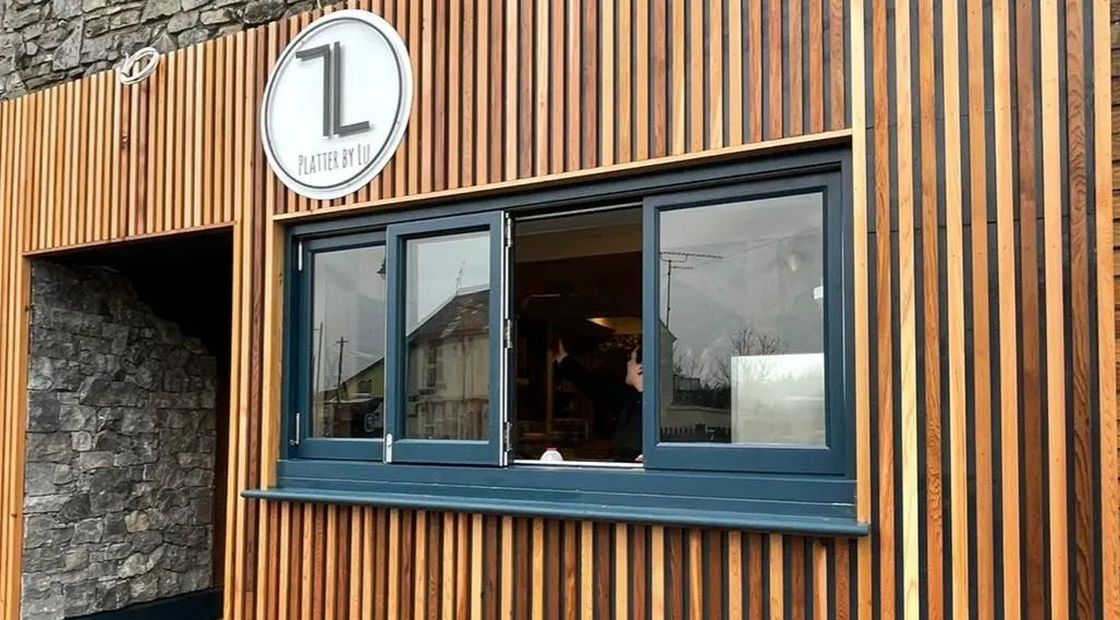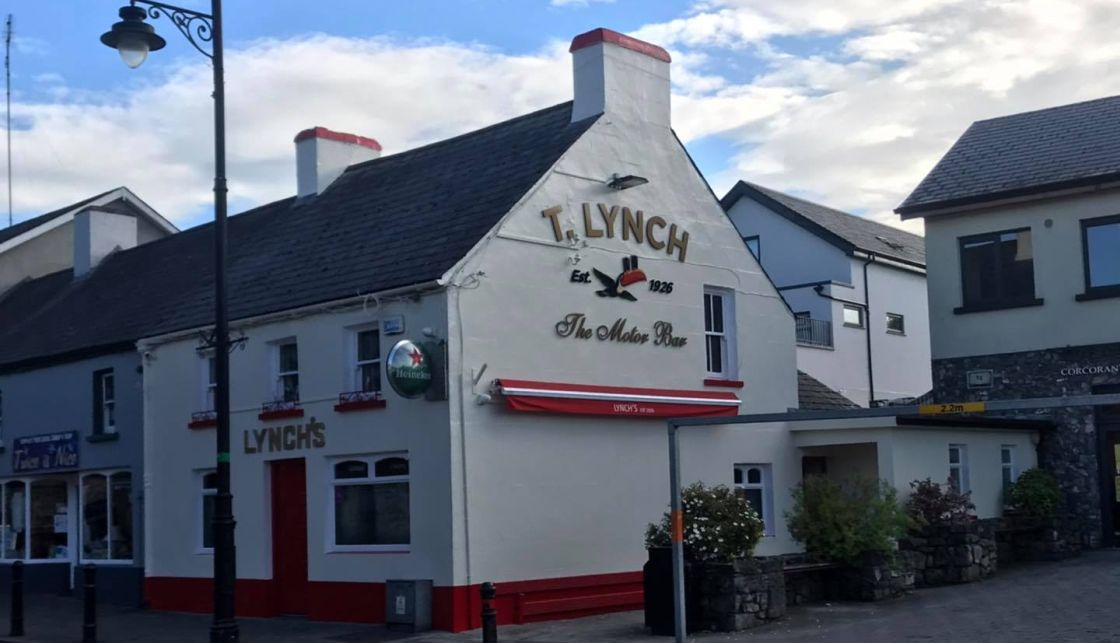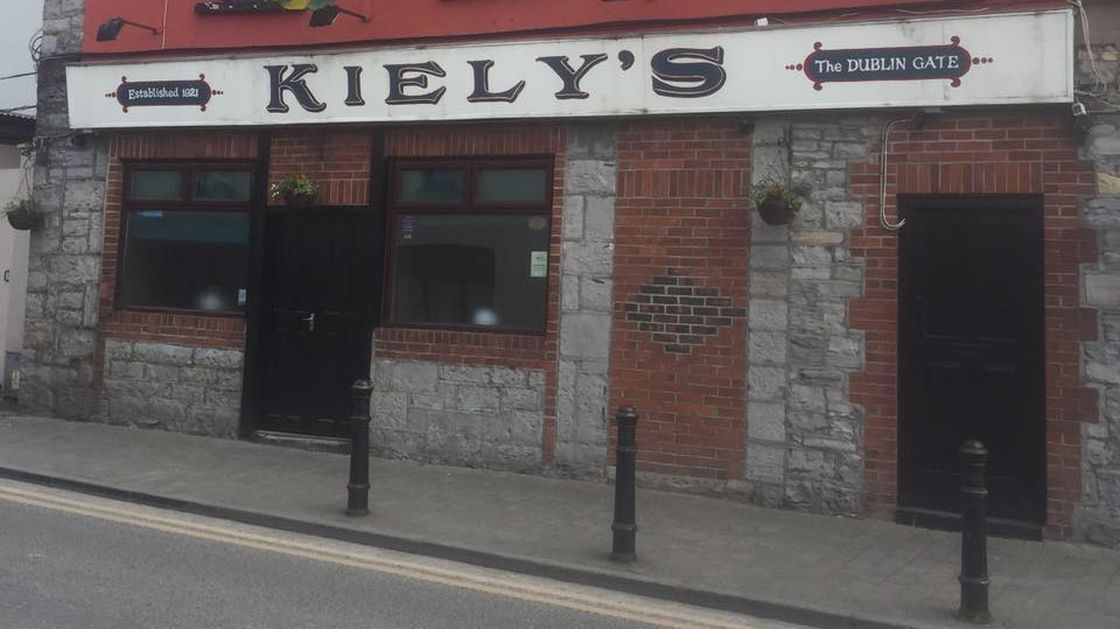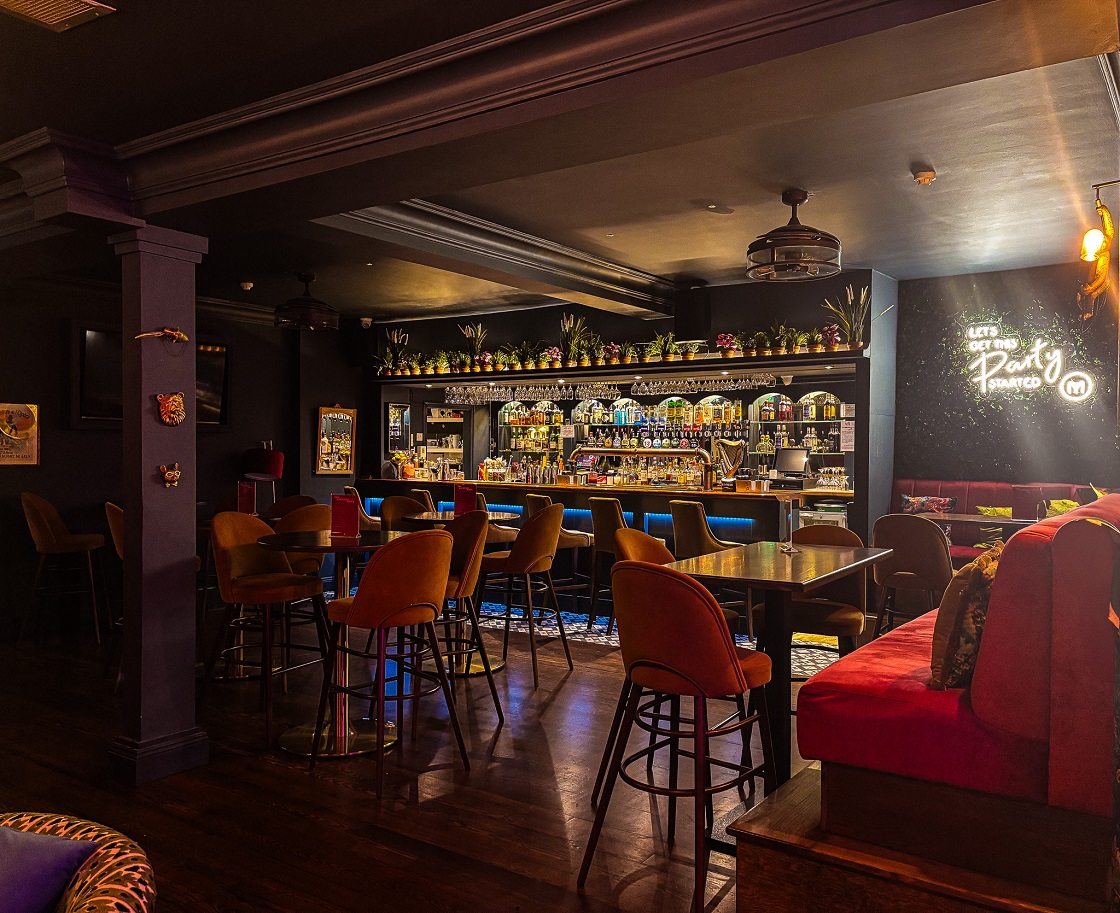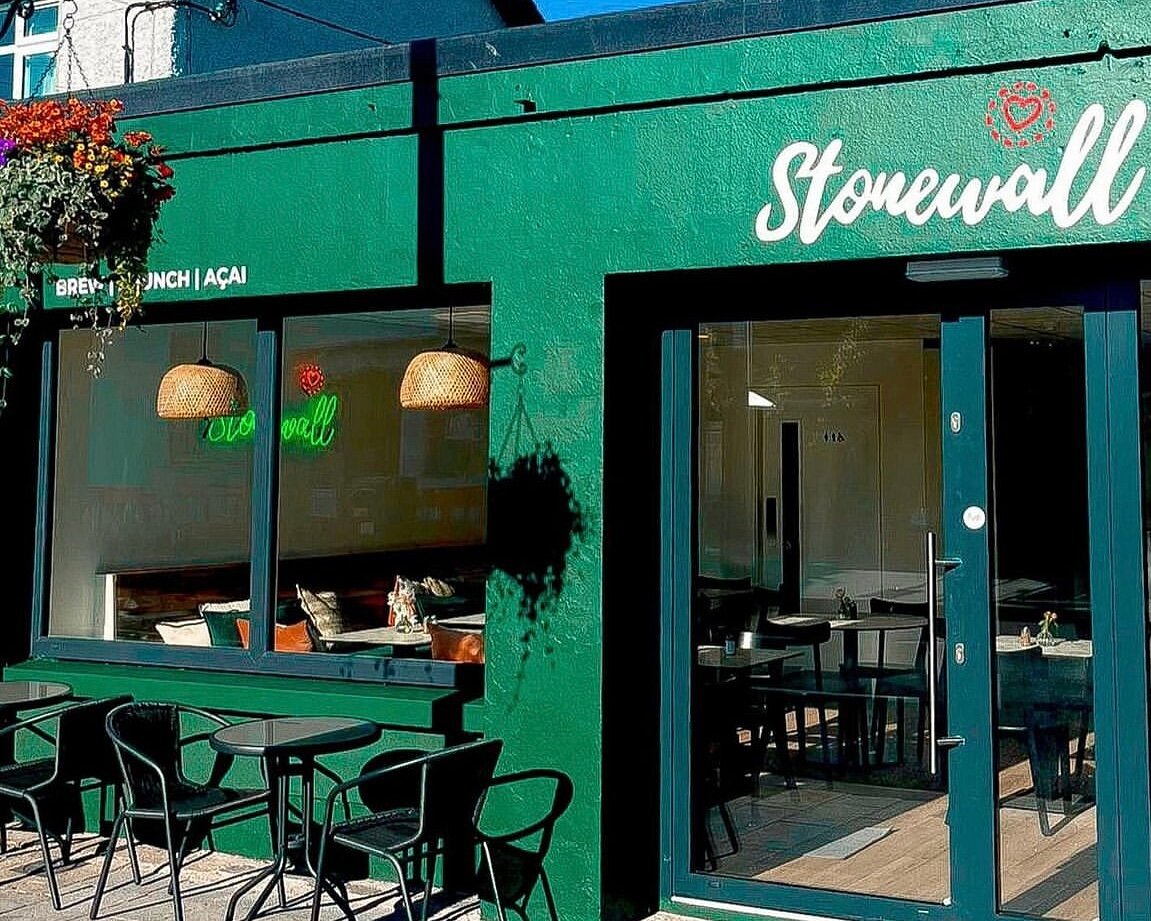The Newtown Monuments consist of a large medieval cathedral, two monasteries and small church which mostly date from the early 13th century. They are situated just downriver from the town of Trim, separated by the medieval open field system known as the Porchfields.
St Peter & St Paul Cathedral and Victorine Priory
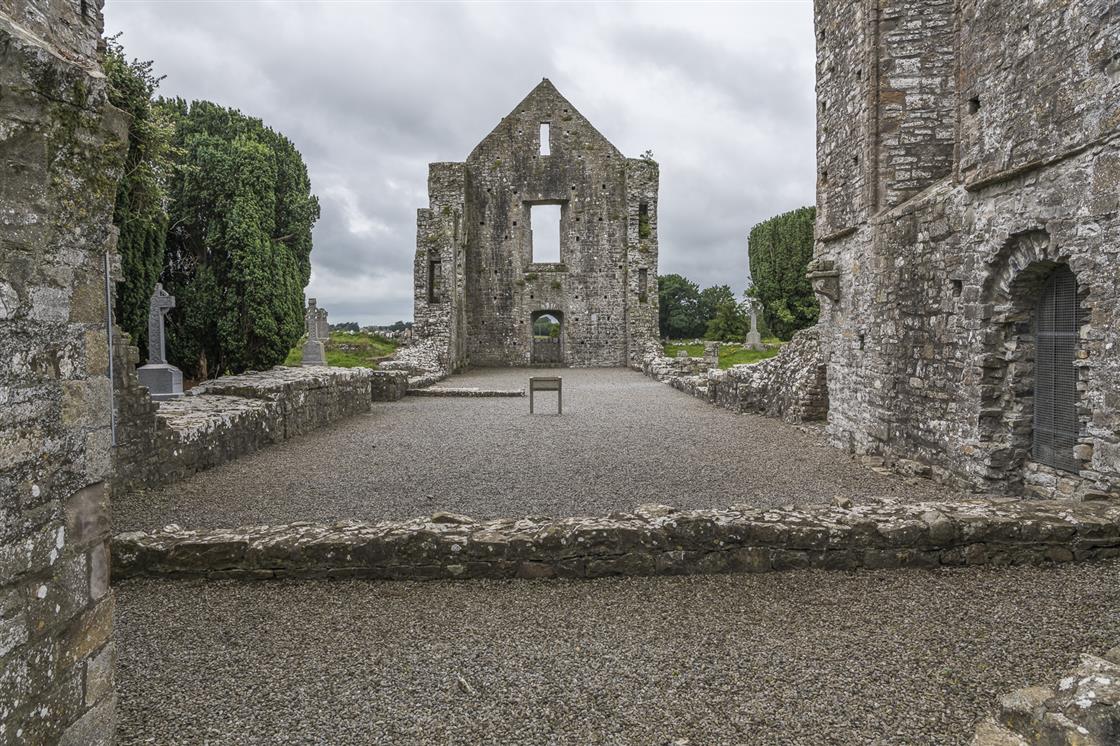
This medieval cathedral is situated in Newtown Cemetery. It was founded in c.1206 as a Augustinian priory close to the temporal power of Trim Castle by the first Anglo-Norman Bishop of Meath Simon de Rochford (c.1165–1224). Only part of the original nave and chancel of church survive; when first built it was the largest medieval church outside of Dublin and possibly the earliest church in Ireland built in the Gothic style.
As de Rochford's diocesan see at Clonard was burned in 1200 by the Gaelic Irish, he began to use Newtown as his cathedral, developing his 'New Town' just downriver of Trim. A weekly market was established in 1217 and from 1279 a fair was held there annually on 21-28 July. However it proximity to the bigger town of Trim meant it never fully developed as a town in its own right.
A synod of bishops was held at Newtown in 1216 and de Rochford himself was buried under the high alter when he died in 1224, alongside one of his successors, Bishop William Sherwood, who died in 1428. The figure of the bishop now affixed to the wall of the cathedral was long trodden underfoot and was badly worn in places. The figure is commonly known as ‘King John's daughter' but is probably the figure of Simon de Rochford.
Technically the church never achieved full cathedral status, and the Priory of Augustinian Canons, which was established to maintain the cathedral, took the building over as its priory church. These Augustinians followed the rule of the Abbey of Saint-Victor in Paris, and so their Newtown complex is also know as the Victorine Priory. The remains of the priory, including ranges of ruined buildings and the doorway into the chapter house, can be seen to the south of the cathedral.
Newtown Parish Church
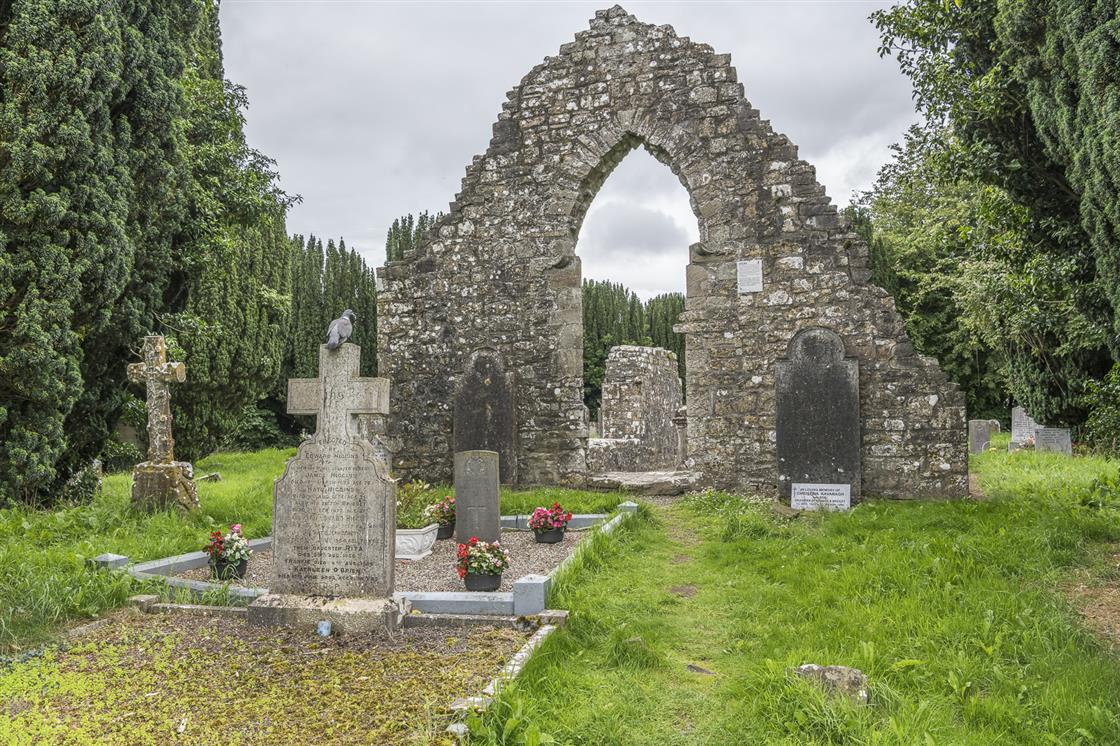
The small medieval parish church of Newtown-Clonbun, situated to the east of Newtown cathedral, was dedicated to the Blessed Virgin Mary. In the church stands the remains of the tomb of Sir Lucas Dillon (1530–1593) and his wife Lade Jane Bathe, of Athcarne and Drunmconrath. The recumbent figures of Sir Lucas in Renaissance style armour and his wife in Elizabethan gown surmount the tomb. This tomb is known locally as the Tomb of the Jealous Man and Woman because the two figures do not touch each other at all. The sword of state, a symbol of royal authority, also separates the figures.
A folk tradition that continues to this day says that if you have a wart, and prick it with a pin and leave the pin on the tomb, your wart will fade away as the pin rusts.
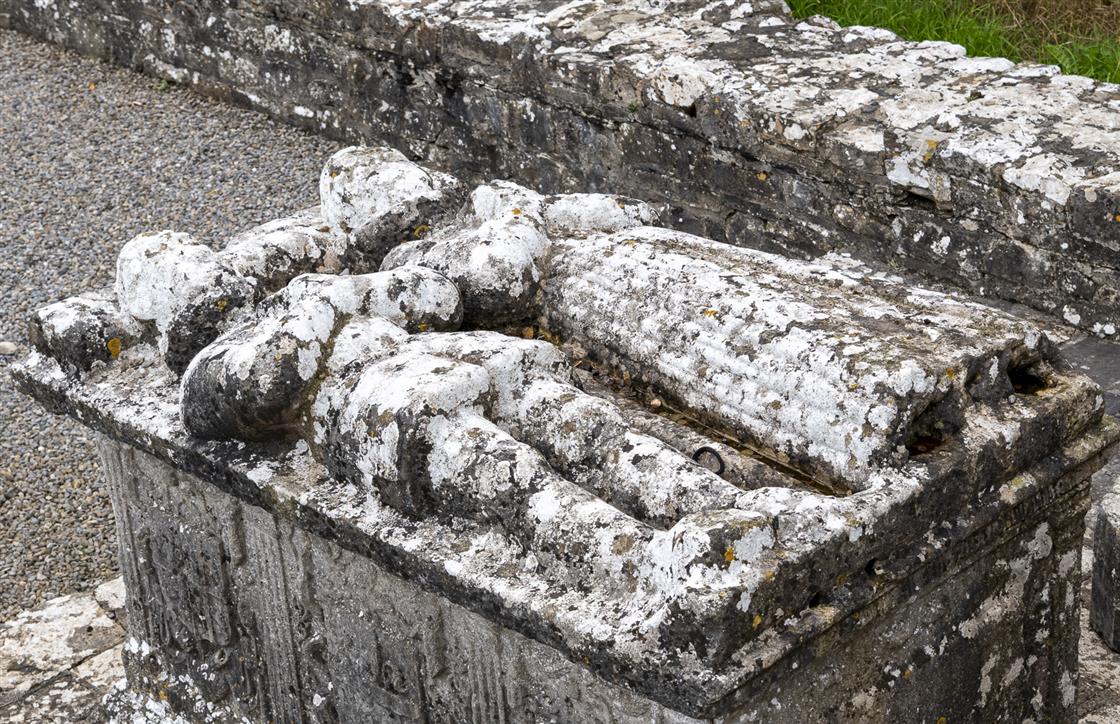
Priory of St John the Baptist
The priory of the Crutched Friars (Fratres Cruciferi), known as St. John the Baptist’s of Newtown Trim, was possibly founded by Bishop Simon de Rochford in the early 13th century. The priory was built on the southern bank of the Boyne just across St. Peter's Bridge from the Victorine Priory. The Crutched Friars took their name from the cross insignia on their robes and staff, and provided hospitality and care to the poor and travelers in medieval Europe.
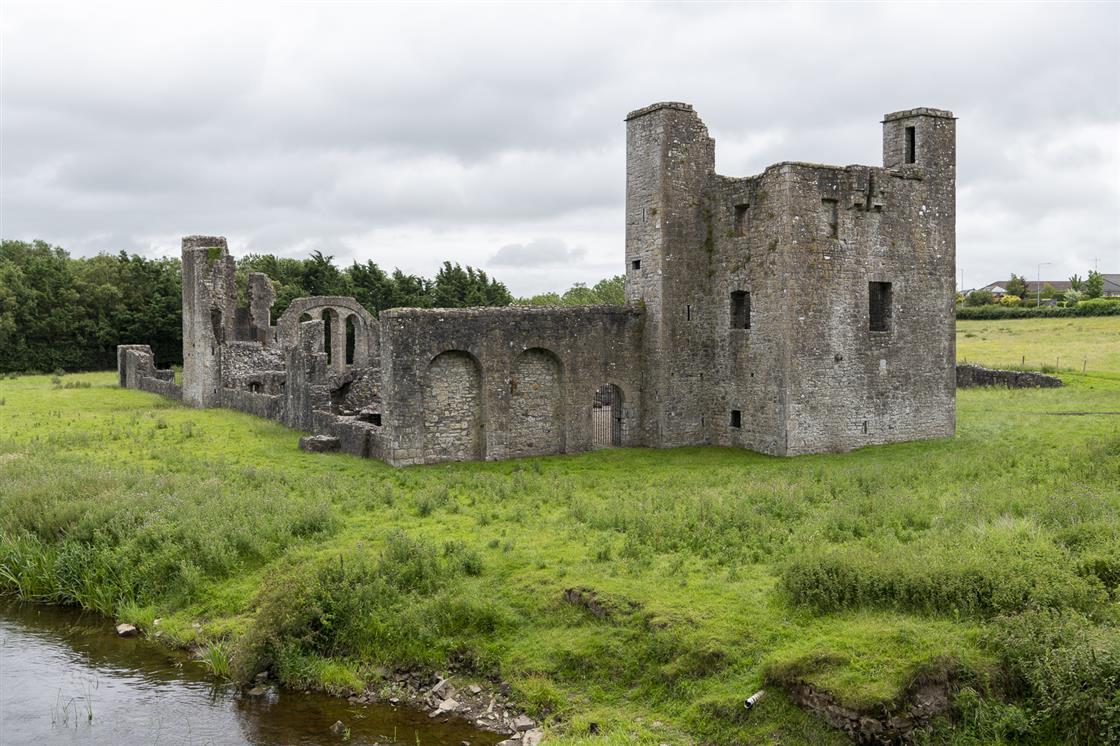
Along the riverside run the hospital and other offices. Some of these buildings were used as granaries and breweries. One of the buildings shows the remains of a chute disposing of waste material into the river. Edmund was the first prior.
The first contemporary record of the priory is in 1281 when there was a grant of alms from the manor of Magathtreth.
In 1513 Edmund Dillon was prior of this monastery. Edmund was the brother of Thomas Dillon who was prior of SS Peter and Pauls at about the same time. At the time of the Suppression their brother Robert Dillon was granted St Johns. Laurence White was the last prior.
At the time of the dissolution the priory owned a church, two towers, a hall, storehouse, kitchen, brewhouse, two granaries, a pigeon-house and a haggard. There was twenty acres of arable land on the north side of the Boyne, seventy arable acres on the south side of the Boyne, land and a mill on Blackwater, a Castle and land at Longwood and various other lands around County Meath.
The Priory and its possession were granted to Robert Dillon who later disposed of it to the Ashe family who made their home in the main keep. The defensive nature of the site, on the edge of the English Pale in Ireland, may be seen in the strong stone keep and the corner tower on the perimeter wall.
After being abandoned by the Ashe family the keep was inhabited by Bishop Brown the Roman Catholic Bishop of Meath. After the Battle of the Boyne the building was granted to one of King William III's men. During his first night in the holy spot he saw a “most horrid vision” and at dawn of the day he ordered his horse and rode away never to return.
The Echo Gate

Just outside the town on the Dublin road is the Echo Gate. Shout across the river to the ruined Victorine Friary and your words are returned in a perfectly clear echo.
St Peter's Bridge
Also known as Newtown Bridge. The bridge has five arches and it is thought to date from the 15th century, or perhaps even to the early 13th century when Newtown was first established.
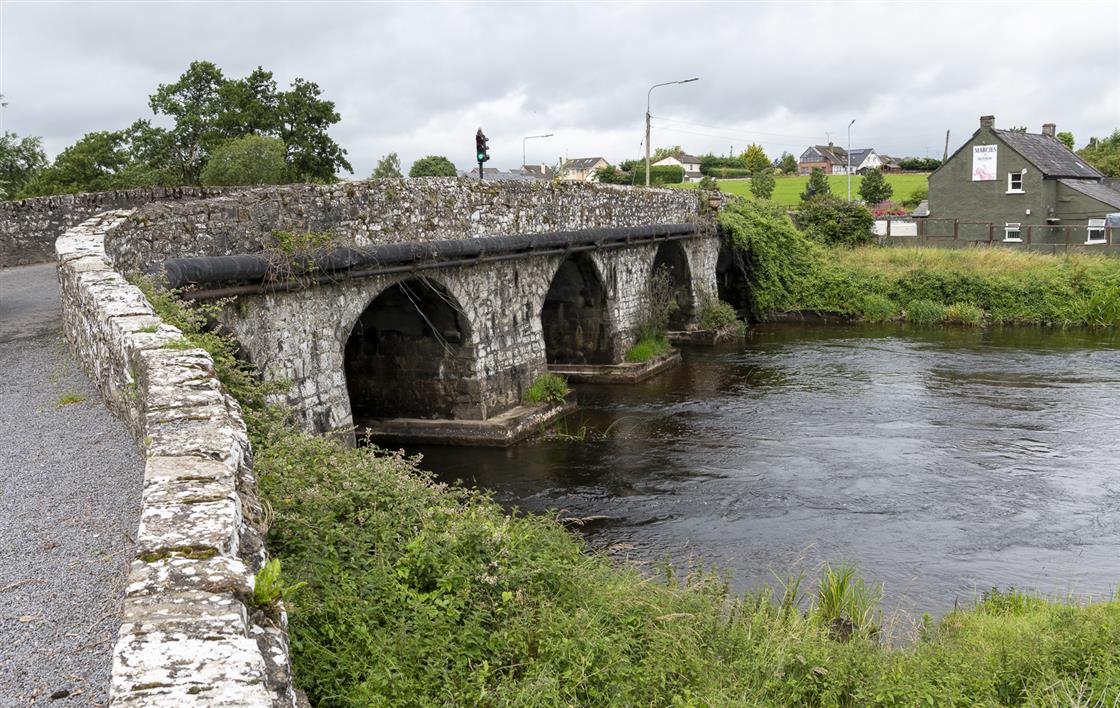
St Peter's Well
On the south side of the Boyne at Newtown is a spring well called after St. Peter. Dean Butler wrote that this well supplied the water to the priory of SS Peter and Paul and records that many yards of lead piping for carrying the water were dug up in the early 1800's.
Listen to some wonderful audio about Trim Castle - part of the Boyne Valley drive
For more information about the Trim Historic Trail, download the map here.


